AFSCME report: Staffing shortage by more than 3,400 at Maryland’s correctional facilities
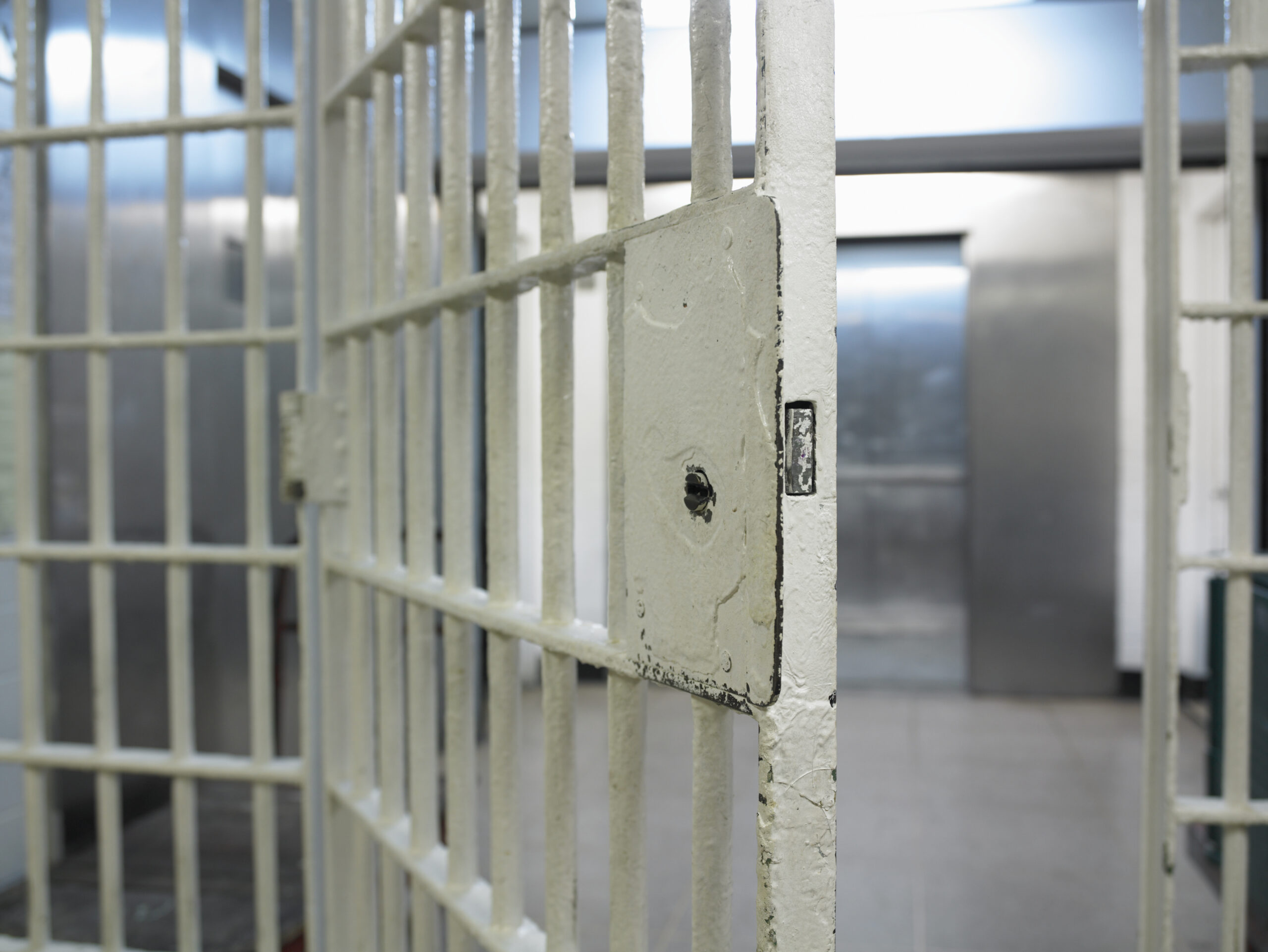
A new report released Thursday by Maryland’s largest state employee union shows the state’s correctional facilities have an extreme staffing shortage of more than 3,400.
The 120-page staffing audit was completed by the American Federation of State, County and Municipal Employees (AFSCME) Maryland Council 3, which completed an in-depth review of all 19 state correctional facilities.
During a three-day visit in December to the Baltimore Central Booking and Intake Center, approximately 142 officers worked three shifts. In order to make sure the facility is safe for both workers and those incarcerated, 306 officers were needed, the union concluded. At that time, the facility had 147 vacancies.
In the same month and same timeframe at Jessup Correctional Institution, 213 officers worked three shifts, but the report notes 357 officers were needed. About 13 vacancies were recorded.
All the state prisons and other facilities are managed by the Department of Public Safety and Correctional Services.
“We are hopeful that this year’s report represents a turning point in addressing the dangerous understaffing in our state facilities,” AFSCME’s president, Patrick Moran, said during an online press conference Thursday. “Vacancies in DPSCS are at an all-time high and AFSCME members across the state have said that this short staffing negatively affects their ability to safely carry out their job responsibilities and causes alarming levels of mandatory overtime, burnout and dangerous working conditions.”
Union leaders said certain programs for those incarcerated such as time in a library or other extracurricular activities are canceled due to limited correctional staff.
And some of the violence inside the state’s prisons is the result of limited correctional officers who work up to 80 hours per week, according to the union.
Brittany Cozart, a correctional officer at the Metropolitan Transition Center in Baltimore City, said an officer got assaulted last year while assigned to a post by himself. Cozart said that post calls for two officers to work in that area.
“The officer is still out and missing an eye because he was alone with more than five detainees,” said Cozart, a correctional officer for 15 years who helped draft the report. “We’re…taking shortcuts and that puts us all in danger.”
One of the union’s goals will be to work with Gov. Wes Moore (D) and his administration and Carolyn J. Scruggs, who became secretary of the state Department of Public Safety and Correctional Services last month.
Lawmakers passed legislation in 2017, under former Gov. Larry Hogan (R), for a report to be submitted Oct. 31 of that year and then every odd-numbered year to the governor, General Assembly and secretary to include: a post-by-post analysis that identifies numbers of positions needed “to safely and securely staff each institution,” amount of overtime used to meet minimum standards and an assessment of expected future turnover in personnel.
Union leaders said Thursday this represents the first report with union representation, especially with the Hogan administration “refusing” to share staffing information or completing a report without making it public.
Mark Vernarelli, spokesperson with DPSCS, stated in an email Thursday the agency has tried to streamline hiring processes to fill positions and is working with the union on staffing analyses.
The department has recently hired an additional 404 new employees, which represents a 62% increase in hires this same time last year. In addition, it hired more than 2,000 correctional officers since January 2021.
“Since day one, Governor Moore has been very clear that it is a major priority of his to fill these roles and get the state government back to firing on all cylinders,” Vernarelli wrote in the email. “DPSCS is committed to closing the gap and appreciates the Governor’s commitment to this important issue.”
The union’s staffing audit, called “Correctional Institution Security and Staffing” and dated last month, was written and researched by 16 correctional officers with the union who have nearly 200 cumulative years of experience in custody and security. They visited each facility to observe how each post was staffed, assessed staffing levels and other DPSCS information.
According to the report, the ratio of those incarcerated to an officer is 100 to 1.
The report also offers recommendations for each facility such as adding an additional officer at a health medical unit inside the Maryland Correctional Institution for Women in Jessup. That person would help maintain the safety of staff and incarcerated individuals and assist in other operations.
Other suggestions for addressing staffing and increasing hiring at the facilities include:
- Streamline hiring efforts by screening for pre-employment requirements.
- Provide lucrative retirement packages.
- Increase employee incentives such as student loan benefits and the Good Neighbor Next Door program, which is managed by the U.S. Department of Housing and Urban Development and provides a discount to purchase a home to law enforcement personnel, teachers, firefighters and emergency medical technicians.
- Initiate hazard pay for transportation officers, who travel with incarcerated individuals to public locations such as courthouses, and recommend them as a “special duty group.”
“This report is the result of hundreds of hours of work done by visiting every single institution in Maryland…to show the true number of additional officers we need to have safe staffing,” said Sgt. Oluwadamilola Olaniyan, a correctional officer for more than 12 years in Jessup. “When you don’t have enough officers, vital programs are shut down, inmates are not taken care of, officers cannot effectively do the job and the safety of both inmate and officers are neglected.”
Moore’s office said he has talked with Scruggs about the correctional staffing shortages and wants to address the issues.
“We have seen an alarming number of vacancies and staff shortages across the state upon entering the administration in January. Since day one, Governor Moore has been very clear that it is a major priority of his to fill these roles and get the state government back to firing on all cylinders,” Spokesperson Carter Elliott IV said.
Editor’s Note: This story was updated after a Thursday press conference by AFSCME.
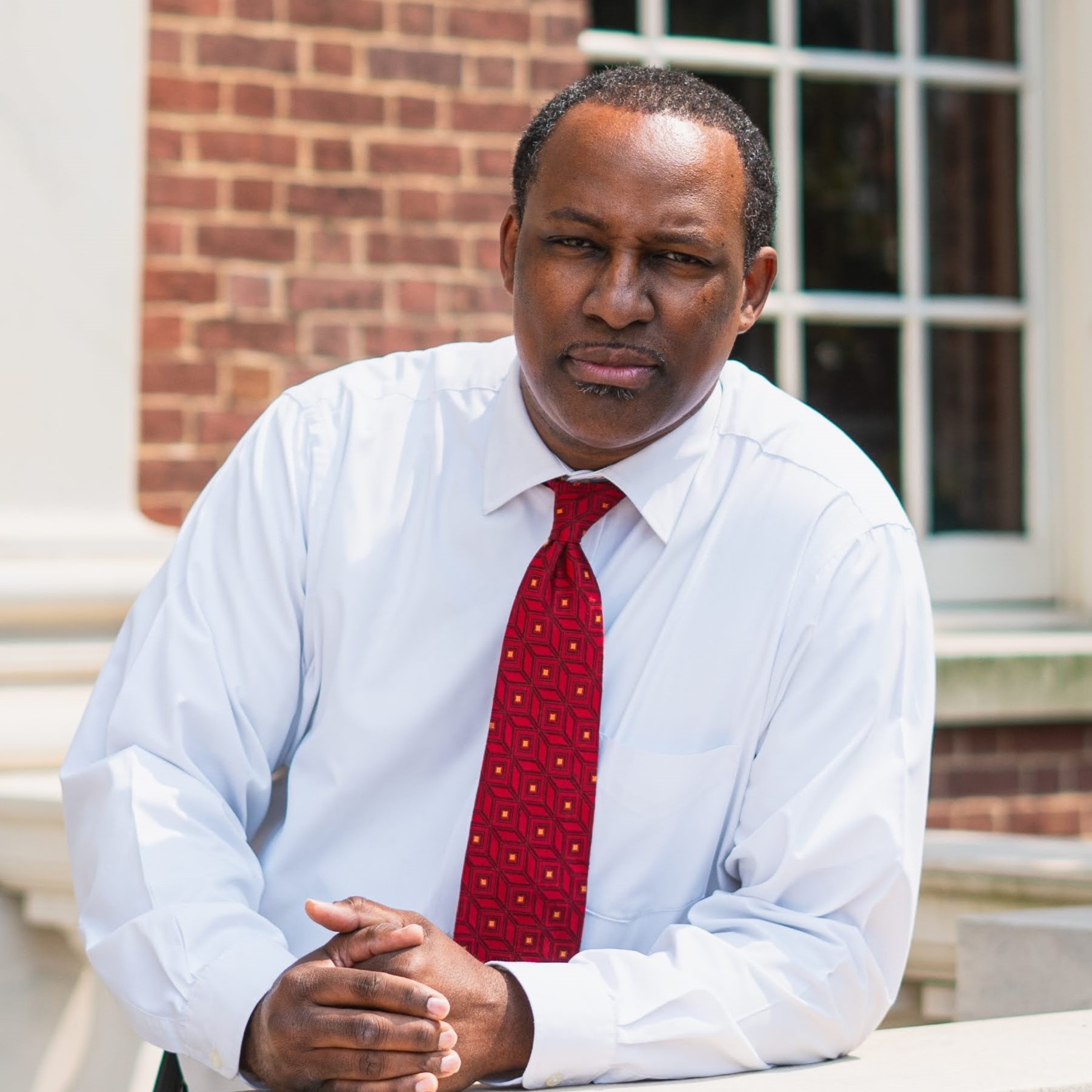
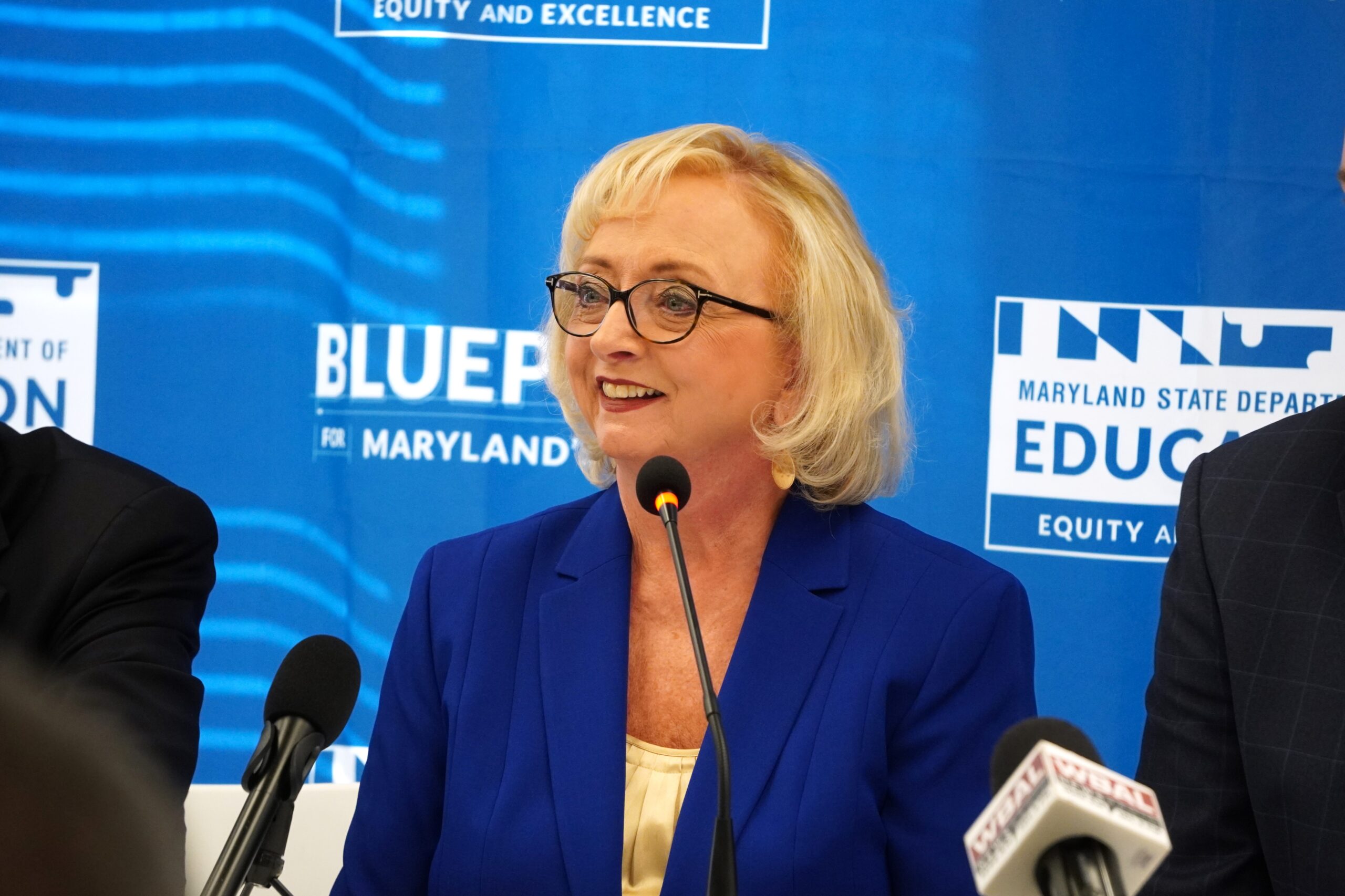
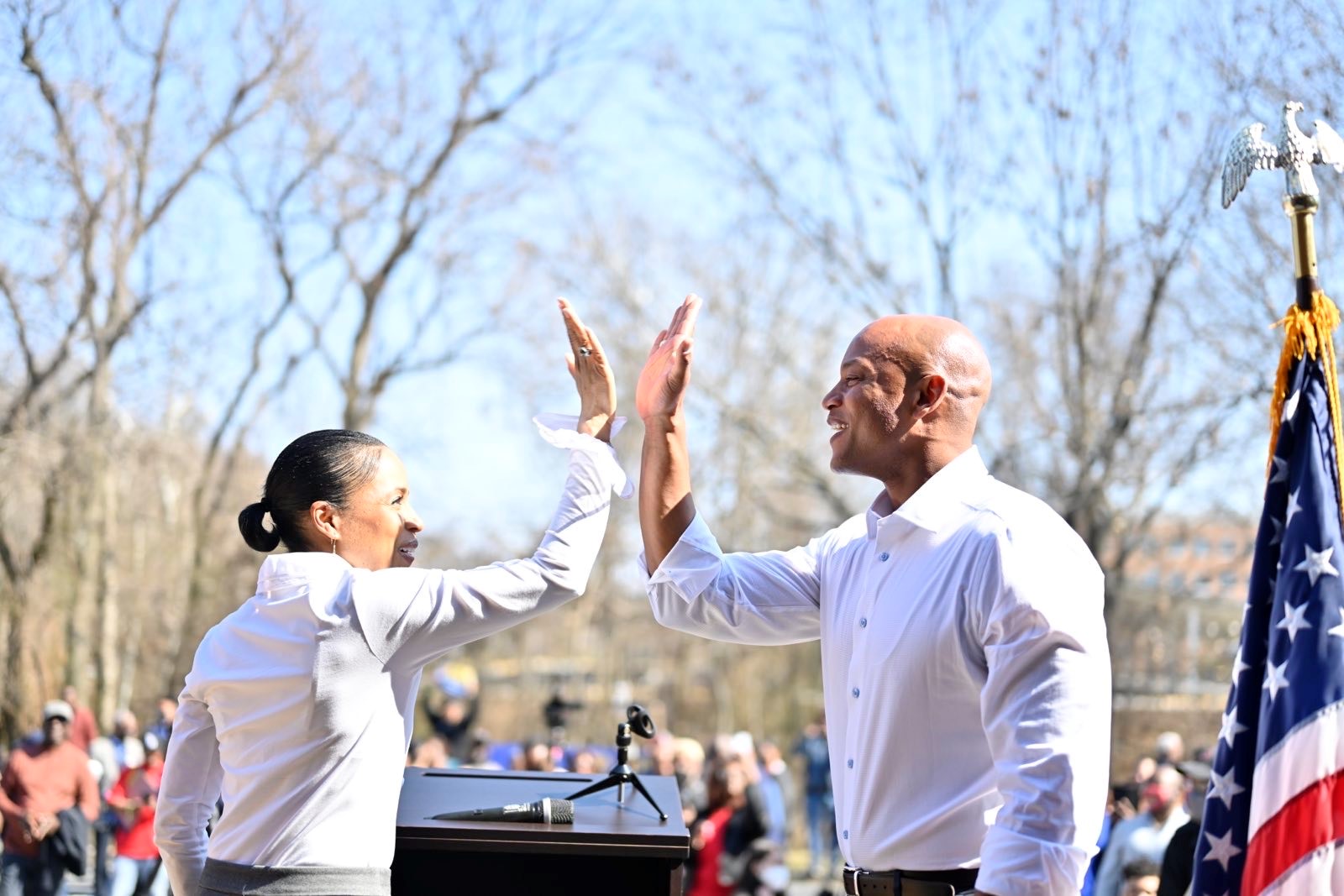
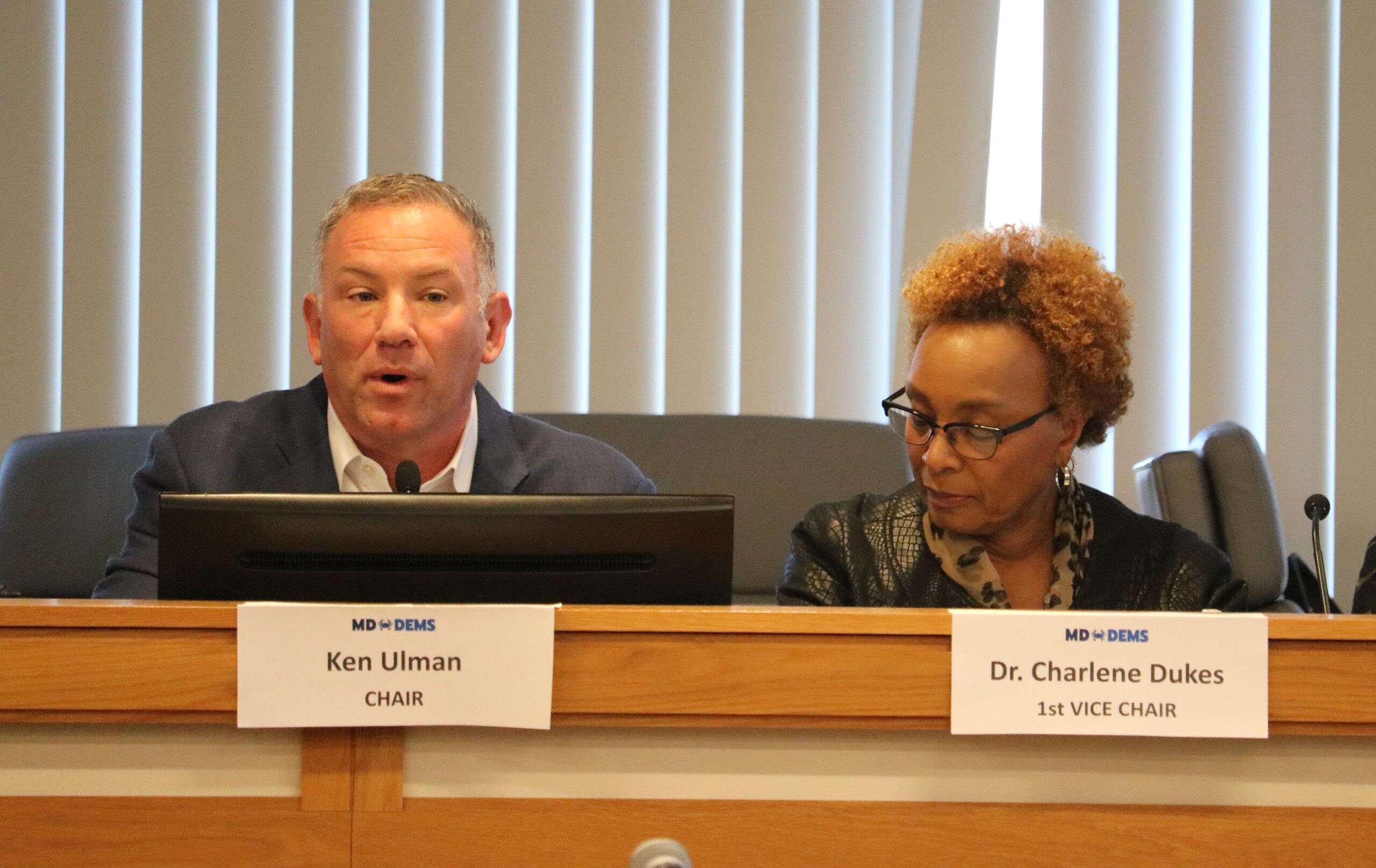
 Creative Commons Attribution
Creative Commons Attribution